Brooches became a style statement in recent years. As Kristen Ingersoll, a New York stylist, put it, “these days, a brooch is better than a tweet.” Lady Gaga wore a huge peace dove brooch to the 2021 U.S. presidential inauguration. Madeleine Albright is famous for using brooches to make political statements.
What’s the Difference Between a Brooch and a Pin?
“Brooch” (pronounced “broach”) is used for larger and more decorative pieces. “Pin” and “brooch” are used interchangeably in the U.S.
The First Brooches
Brooches weren’t always beautiful jewelry objects. The earliest brooch is said to have been a sharp thorn used to fasten and hold clothes. Other natural materials such as wood, flint, horn, shell and carved stone were also used.
Metal brooches were made as early as the Bronze Age (2000 – 1200 BCE). The first brooches were straight pins with circular rings. They were used to fasten cloaks, tunics, and other garments. When iron became available, brooches were made with more elaborate designs.
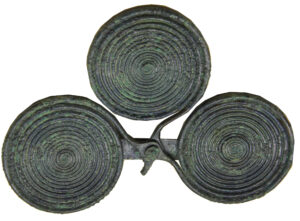
European Brooches
In Europe, Iron Age (1200 – 550 BCE) brooch designs included spirals and discs. During the Anglo-Saxon period (410-1066 CE) brooches were made with enamel in the shape of birds, branches, and leaves.
In the Renaissance (1300 – 1600 CE), brooches became a bold, decorative accessory worn by fashionistas and aristocrats. Jewelry became synonymous with status in Europe, and brooches followed suit. Ornate brooches often featured gems like emeralds, diamonds, and rubies, and signified that the wearer belonged to the upper class. Brooches were worn by both men and women.

During the Victorian era (1837–1901 CE), brooches and pins became more symbolic. After Queen Victoria’s husband died in 1861, she wore dark jewelry to reflect her mourning, giving rise to the mourning brooch. Mourning brooches were typically made with black enamel and pearls. Sometimes mourning brooches included a piece of the deceased’s hair. The hair was either placed under a glass or crystal cover, or used to create an outer detail on the piece.
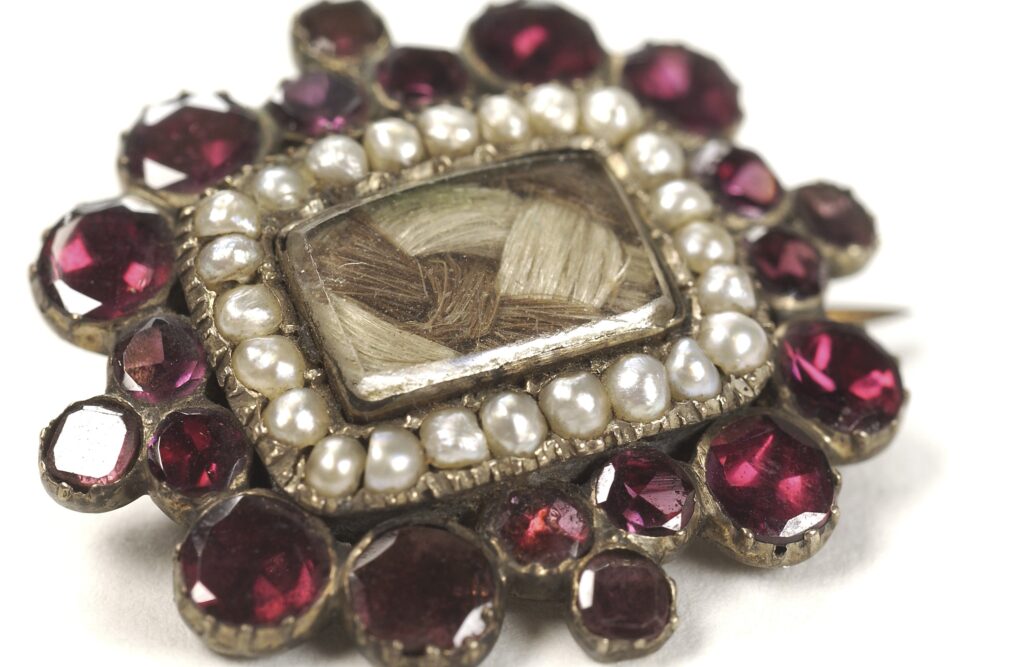
It wasn’t all gloom for the Victorians, though. Lavish brooches with flower, insect, and leaf designs became the height of fashion. Aigrette-style brooches were prized by society for their feathery shapes with flat-cut diamonds and garnets. In France, en-tremblant brooches were fashionable. Gems were attached to wire-coiled springs so the gems moved when the brooch wearer moved. The en-tremblant technique was especially popular for brooches with flowers and insects in their designs.
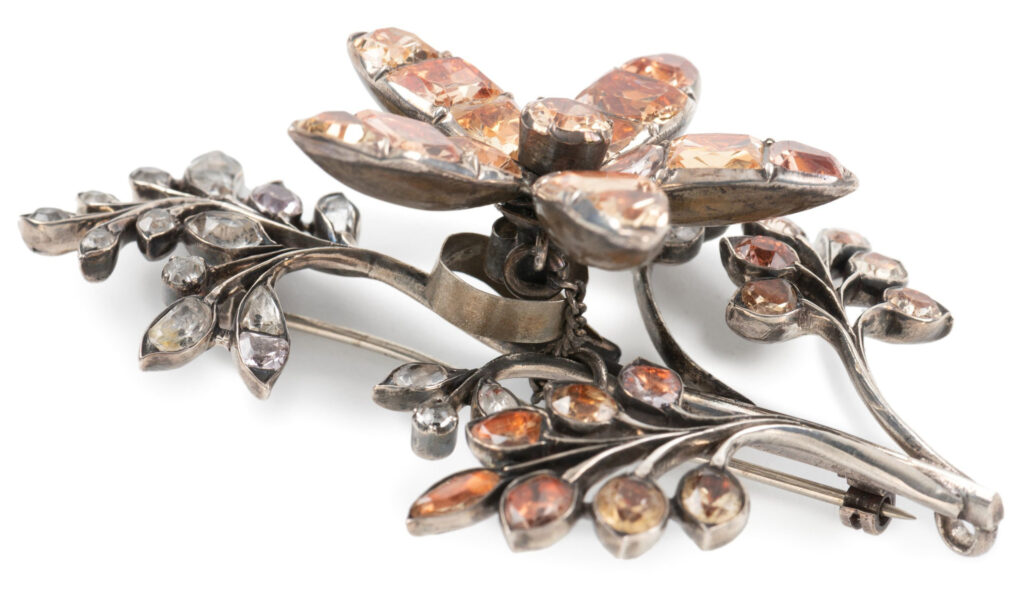
Indian and Asian Brooches
There is a long metal-working tradition among the peoples of India and Southeast Asia. During the Mughal Empire (1526–1761), male aristocrats wore brooches on their turbans. Aristocratic women wore large brooches. In addition to arm and ankle bracelets, belts, dancers wore brooches made of gold and colored stones.
The Kerongsang brooch is part of Peranakan jewelry. Peranakan means “local born” in Malay and refers to people of mixed Chinese and Malay/Indonesian heritage who settled in Malacca, Malaysia, and Indonesia around the 14th century.
Kerongsang brooches fasten a woman’s blouse or jacket. The size and quality of the brooches is a sign of her family’s wealth and status. Kerongsangs usually come in sets of three. There is a larger central brooch known as the mother Kerongsang, and two smaller brooches known as the child Kerongsangs.
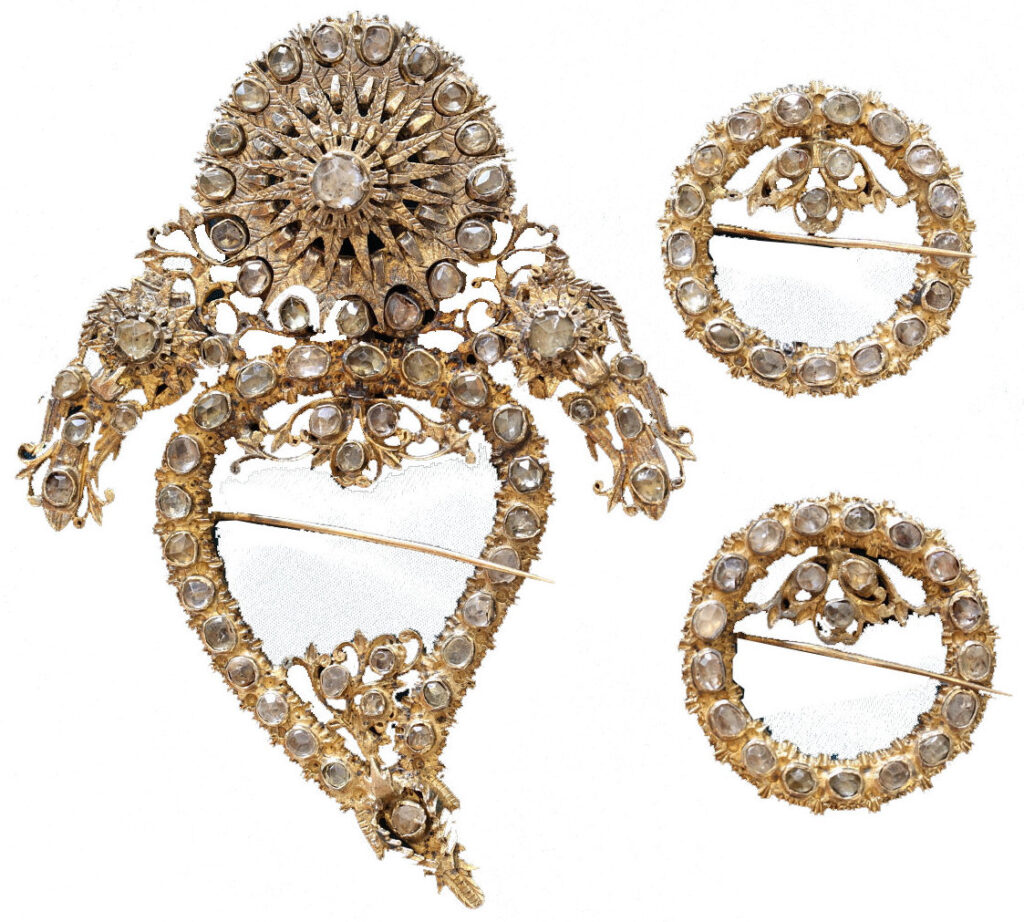
African Brooches
Silver was the metal most commonly metal used for brooches in Africa, especially in the north. Islamic designs were sometimes used to decorate brooches. Techniques include embossing, filigree, and the use of coins or semiprecious stones.
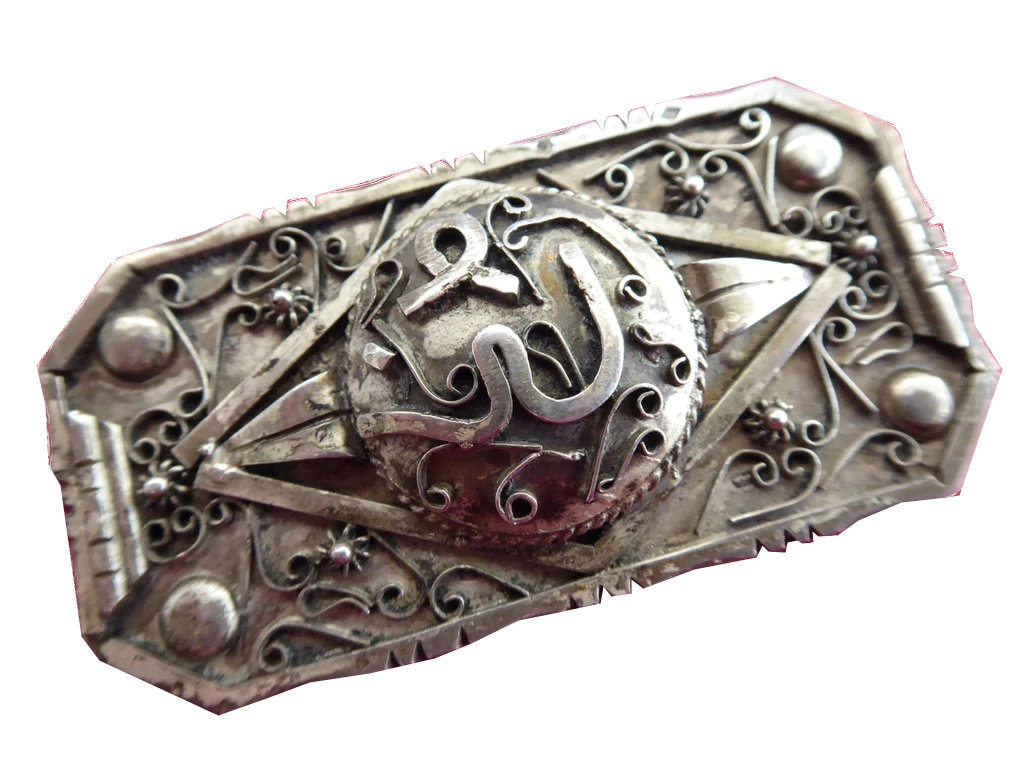
Modern Brooches
Dress clips are brooches that attach to clothing with a clip instead of a pin. They were popular during the 1920s and 1930s. Dress clips are usually made in pairs or sets. Instead of just one piece, they’re two identical pieces that can be worn together or separately. They can be pinned to dresses, collars, cuff, shoes, and handbags.
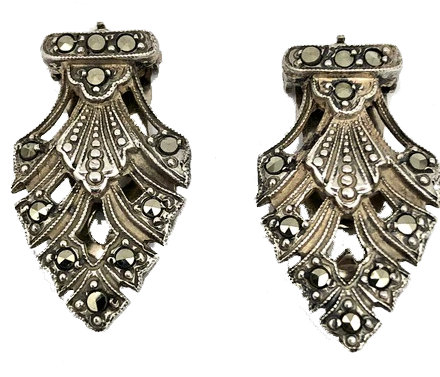
During WWII, metals were in short supply and production of jewelry was limited. At the end of the war, designers made large brooches with geometric shapes.
In the 1960s, designers used plant and animal designs with colored stones. This trend continued through the 1980s. Now, designers are experimenting with other materials like wood and 3-D printed plastics.

1960s Cat Brooch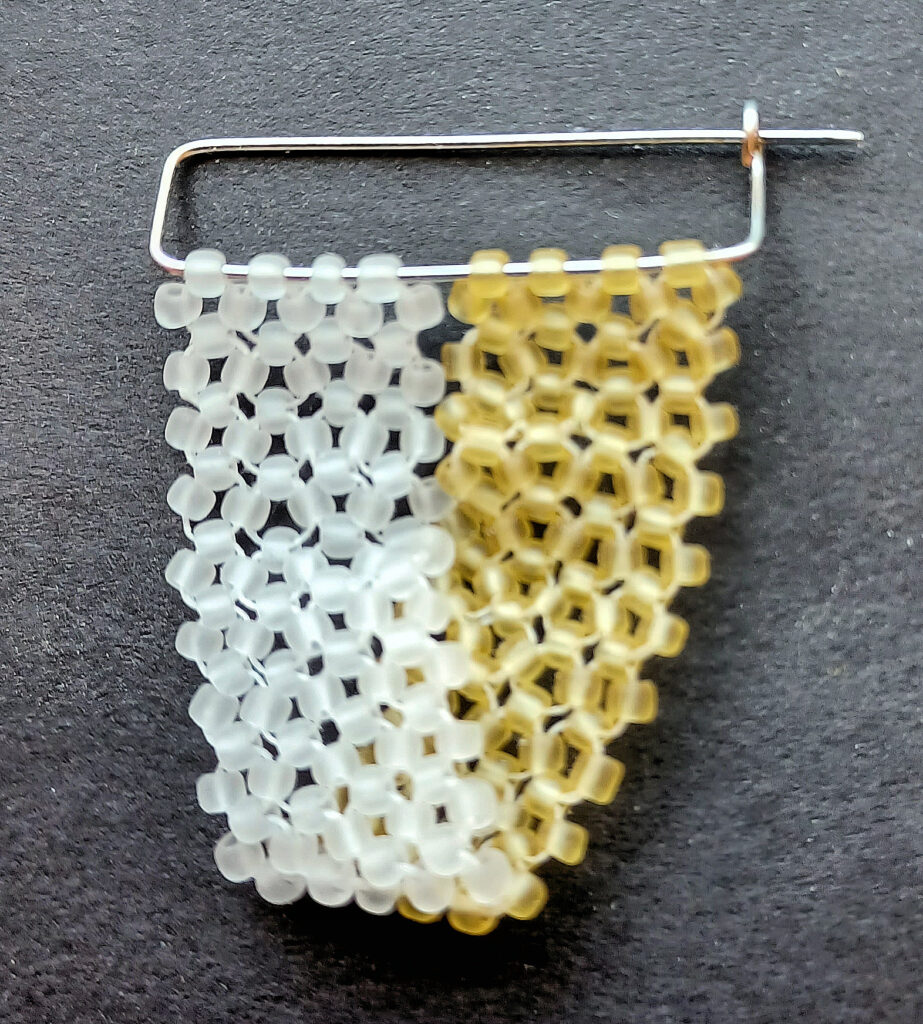
How to Wear a Brooch
Brooches are a great way to add drama and personality to your outfit. They are versatile and can change the look of a sweater, shirt, or jacket. It can give a hat a new look, or be attached to a belt loop to provide extra pizzazz. Lapels are good places for brooches, along with the center of a collar. You can wear them at the waist, the shoulder, the neck, and the bust line. Brooches also look good on pockets, V-neck fronts and backs, cuffs, handbags, backpacks, hair and shoes. Wear them wherever you like! Just remember, a brooch draws attention to a certain part of your outfit.

